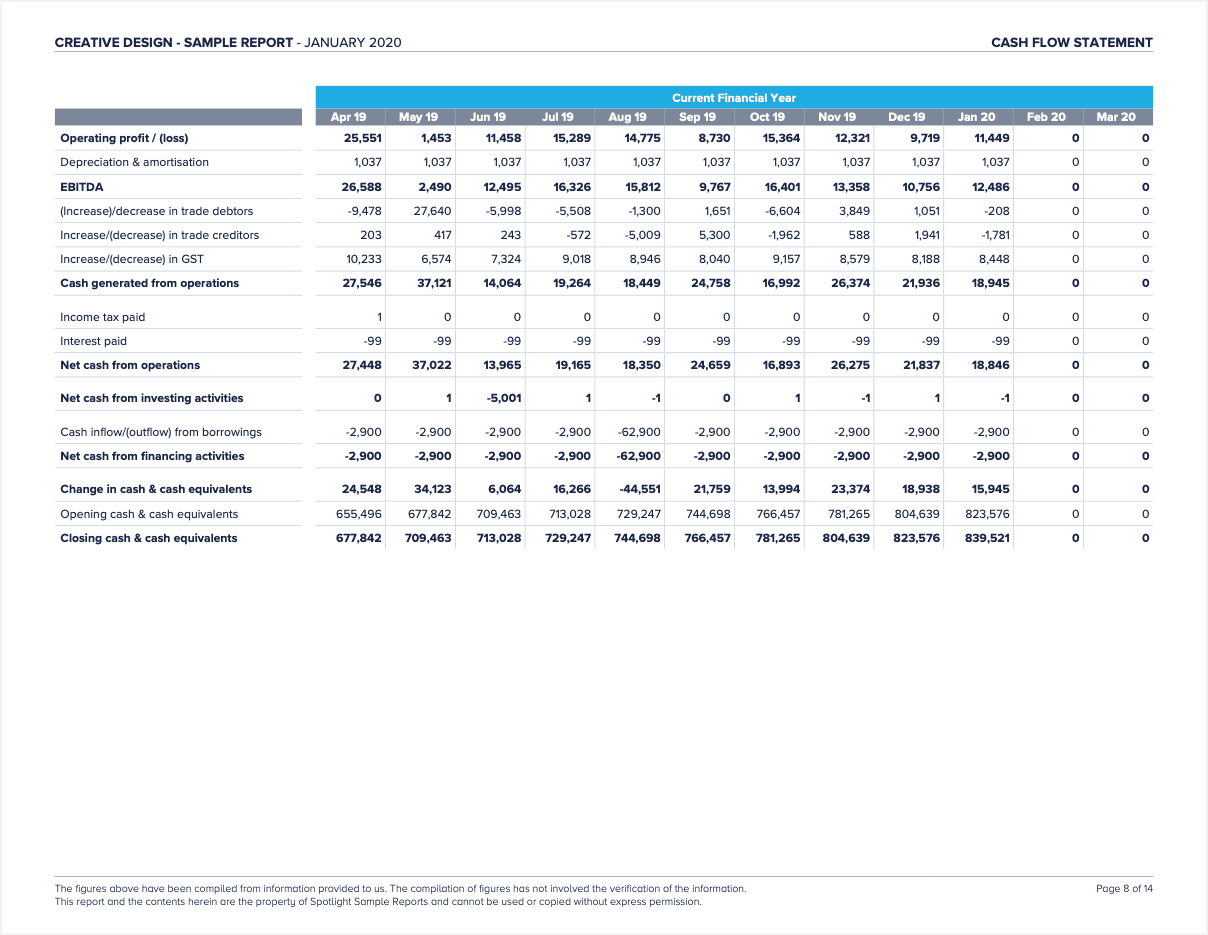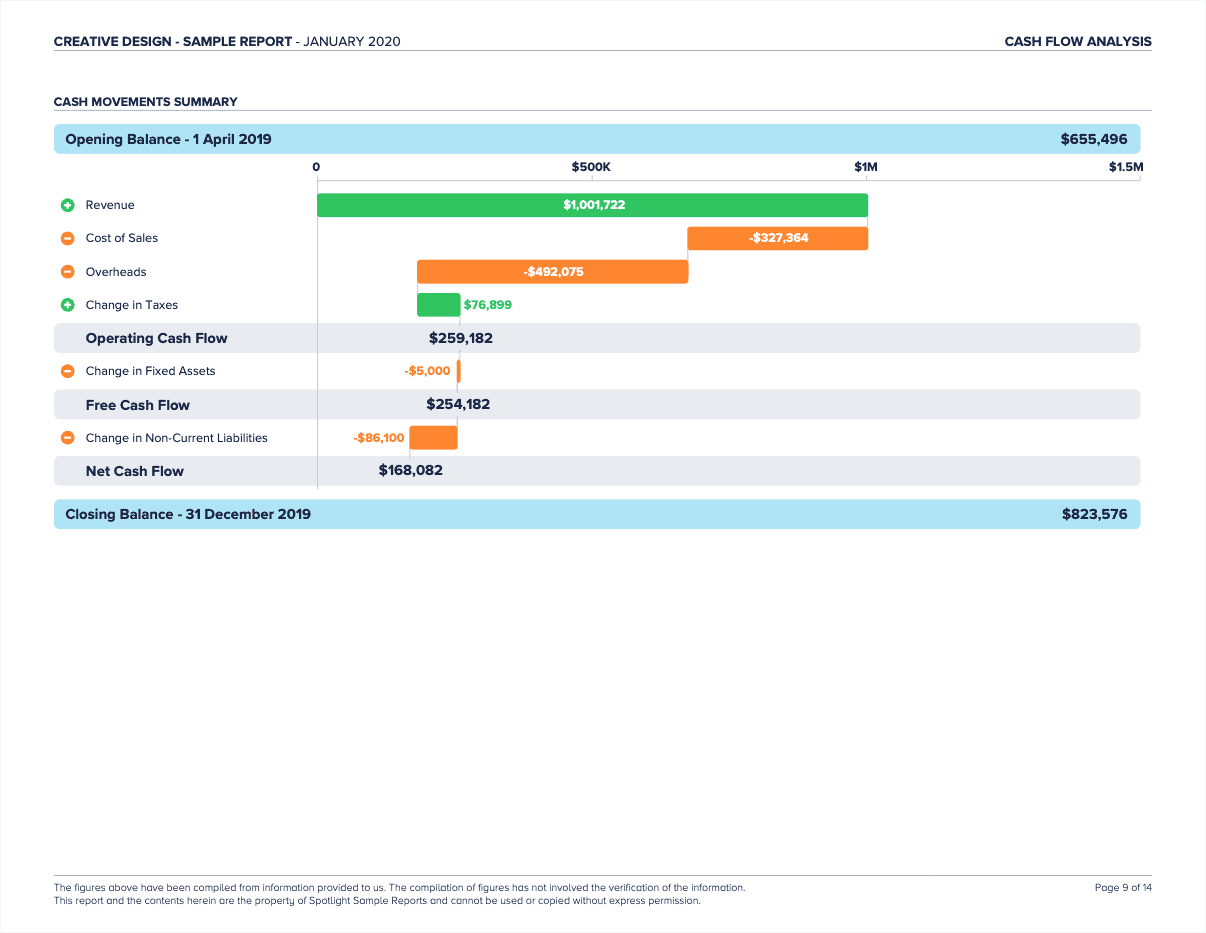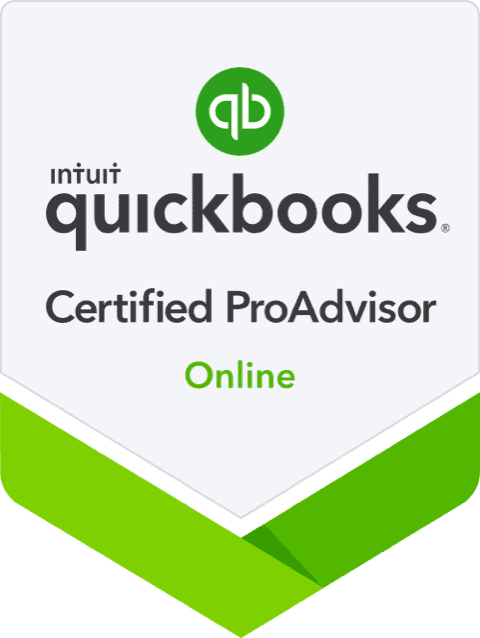Make better business decisions: Statement of Cashflows

I believe the Statement of Cashflows (or Cashflow Statement) is often the most underutilized Financial Report because it is probably the hardest of the main financial results related reports to understand. However, reviewing, understanding, and revisiting your business’s Cashflow Statement at least monthly is critical to making better strategic and operational decisions.
Why is the Cashflow Statement so important? First, the Cashflow Statement at a high level shows the monthly CHANGE in various accounts that go beyond the Operating Profit & Loss Report. Showing the change detail in non-P&L accounts allows you to quickly identify big variations and target areas to prioritize and address in business operations and financing (an example below to follow). Secondly, the standard Cashflow Statement starts with P&L earnings (normally EBITDA) and works line-by-line to show the adjustments that occurred to get to actual cash in the bank accounts. This is critical because the closing cash balance shown at the bottom of every cash flow statement MUST match the actual cash in the bank shown on the balance sheet (and in the actual business bank accounts); in other words, nothing can hide.
Understanding the statement of cashflows: Accounts Receivable

I’m going to provide one example to illustrate the power of being able to interpret the Cashflow statement. As I mentioned above, cashflow decisions are about seeing all of the changes in cash from the beginning of the period to the end, in addition to just the effects of the Profit and Loss Statement. For example, in the “Creative Design” company example presented, the line below EBITDA is called “(Increase)/Decrease in trade debtors” (trade debtors is another term for accounts receivable), and you can see in the May 19 column, the amount is a positive 27,640. Practically, this means your accounts receivable balance from May 1 to May 31st decreased by 27,640, and you collected an additional 27,640 in CASH in addition to cash collected from monthly Sales shown on the P&L report. Normally, an accounts receivable decrease is a great thing, meaning you were able to collect on all sales in the current period PLUS an additional 27,640 in this case, dollar for dollar. Having this change illustrated can shed light and provide financial evidence that your collections efforts and relationships with customers are strong. In another case, the same 27,640 increase in cash from accounts receivable might be a surprise, as you were holding a large receivables balance and expected a much larger amount of cash collected in addition to monthly Sales. Either way, the Cashflow Report has provided transparency around your A/R process, hopefully allowing you and your team to prioritize efforts moving forward.
Cashflow Waterfall: An Additional Tool to Help Make Better Decisions

In addition to providing our customers with a standard Cashflow Statement, At Strata we also provide a Cashflow Waterfall Report at each month-end, as another valuable tool to help businesses make better decisions. Usually, this report is run for fiscal year-to-date, but it can be adjusted to any time period. The main advantage of the Waterfall report is it provides a quick at-a-glance graphical representation of not only operating results (first 3 lines in the example shown) but also the graphical representation of other important changes in cash shown numerically on a standard Cashflow Report. To illustrate, at the bottom of the example Waterfall report provided, it shows an orange band -$86,100 as the change in Non-current liabilities. This is debt service, or the monthly notes payable paydown, shown fiscal year-to-date. You may have known exactly what this debt service number is each month, but when shown cumulatively and graphically, you might be surprised to see that it is as large as about 20% of the Overhead expenses spent for the year. You could then look at options to increase revenue or possibly re-finance/pay down the note payable so it doesn’t take such a large share of cash to service each month. Either way, your ability to quickly identify, target, and hopefully diagnose operational or financing issues that affect your business in a more timely manner.
How We Can Help You Make Better Decisions Using The Cashflow Statement
At Strata, we provide these insightful Cashflow Reports monthly as a standard part of your monthly Financials Package. More importantly, we’re here to review with you to help point out questions and explain items, all with the goal of helping you make better business decisions.
By Kyle Smith, CPA





